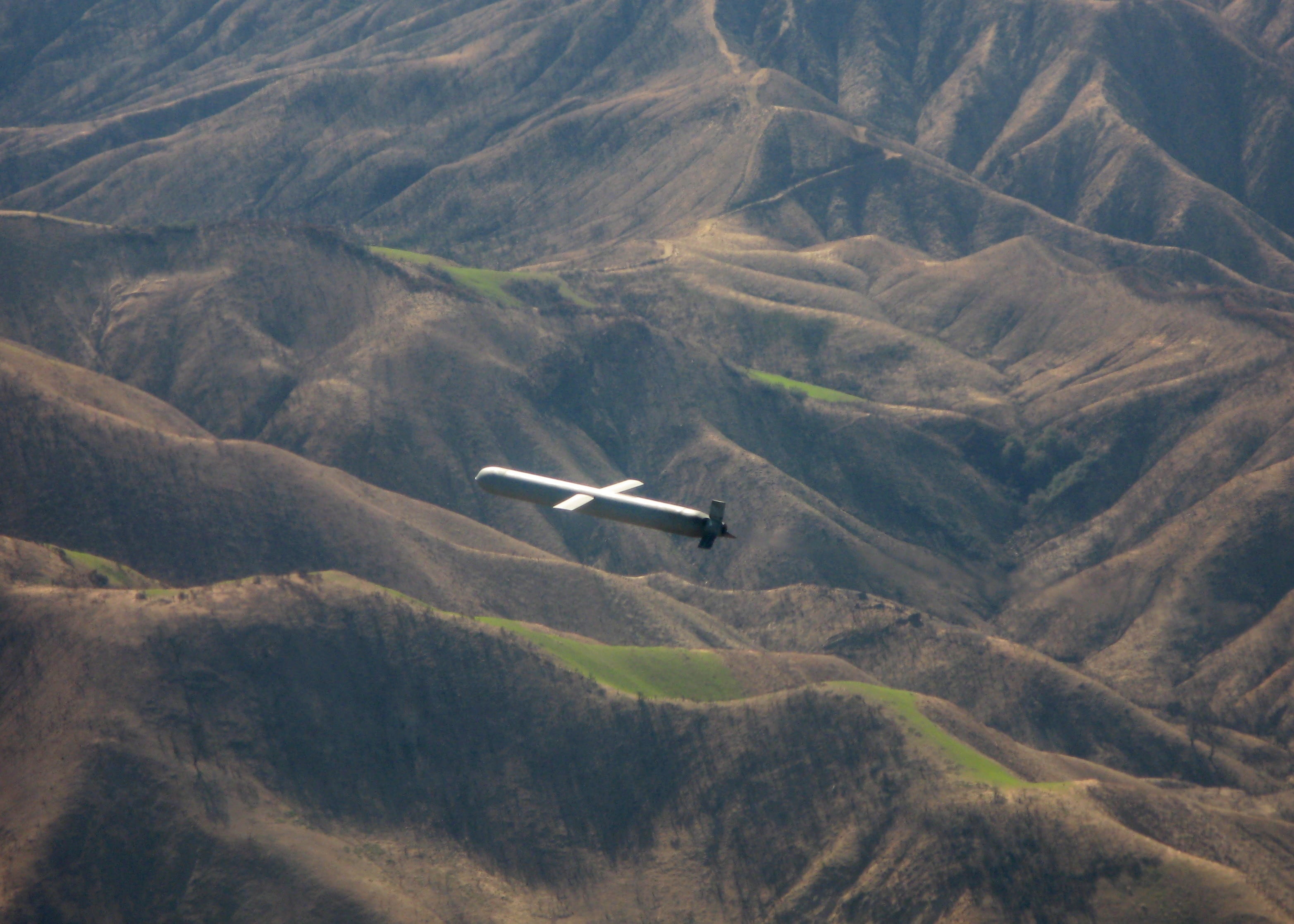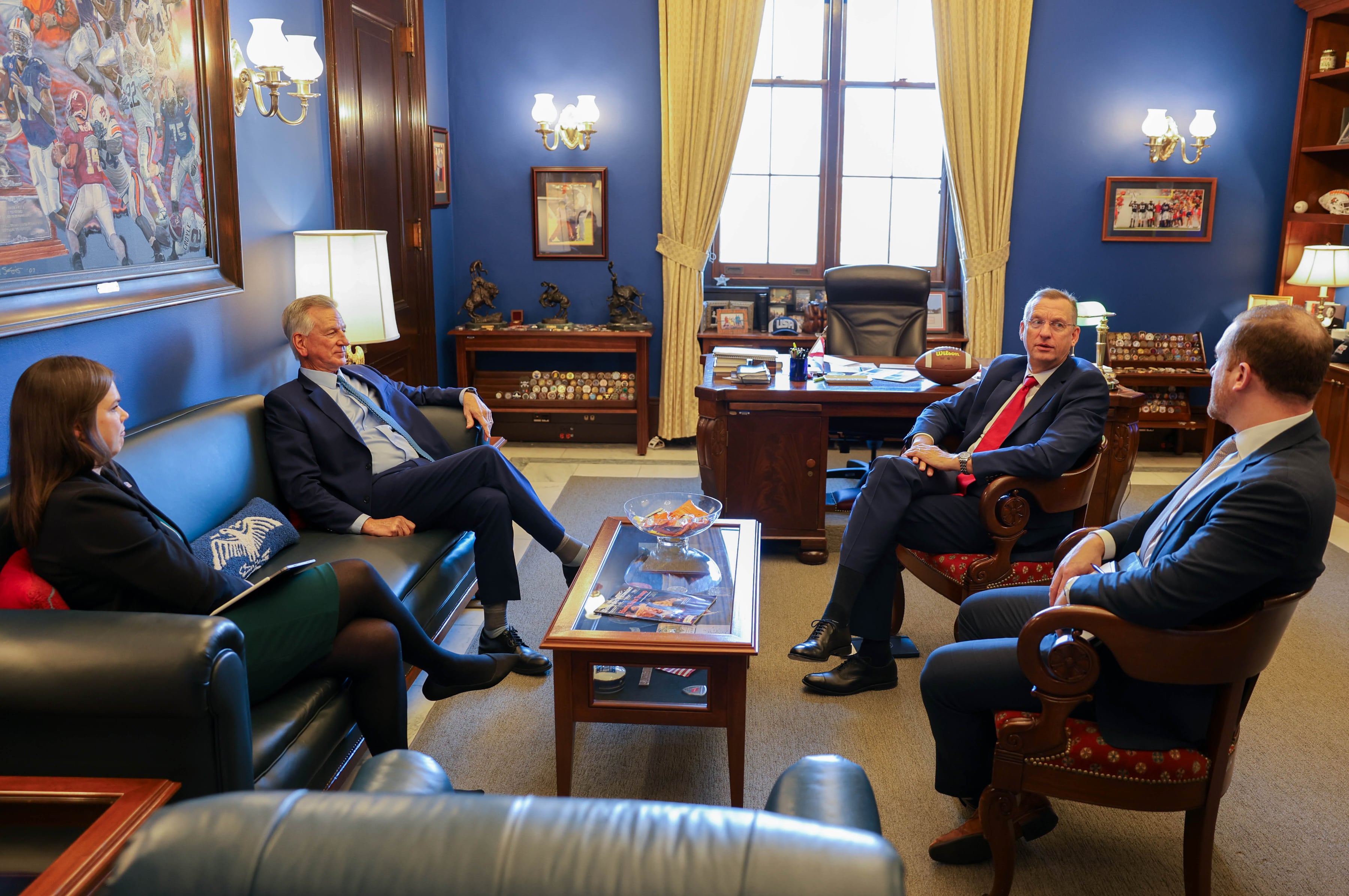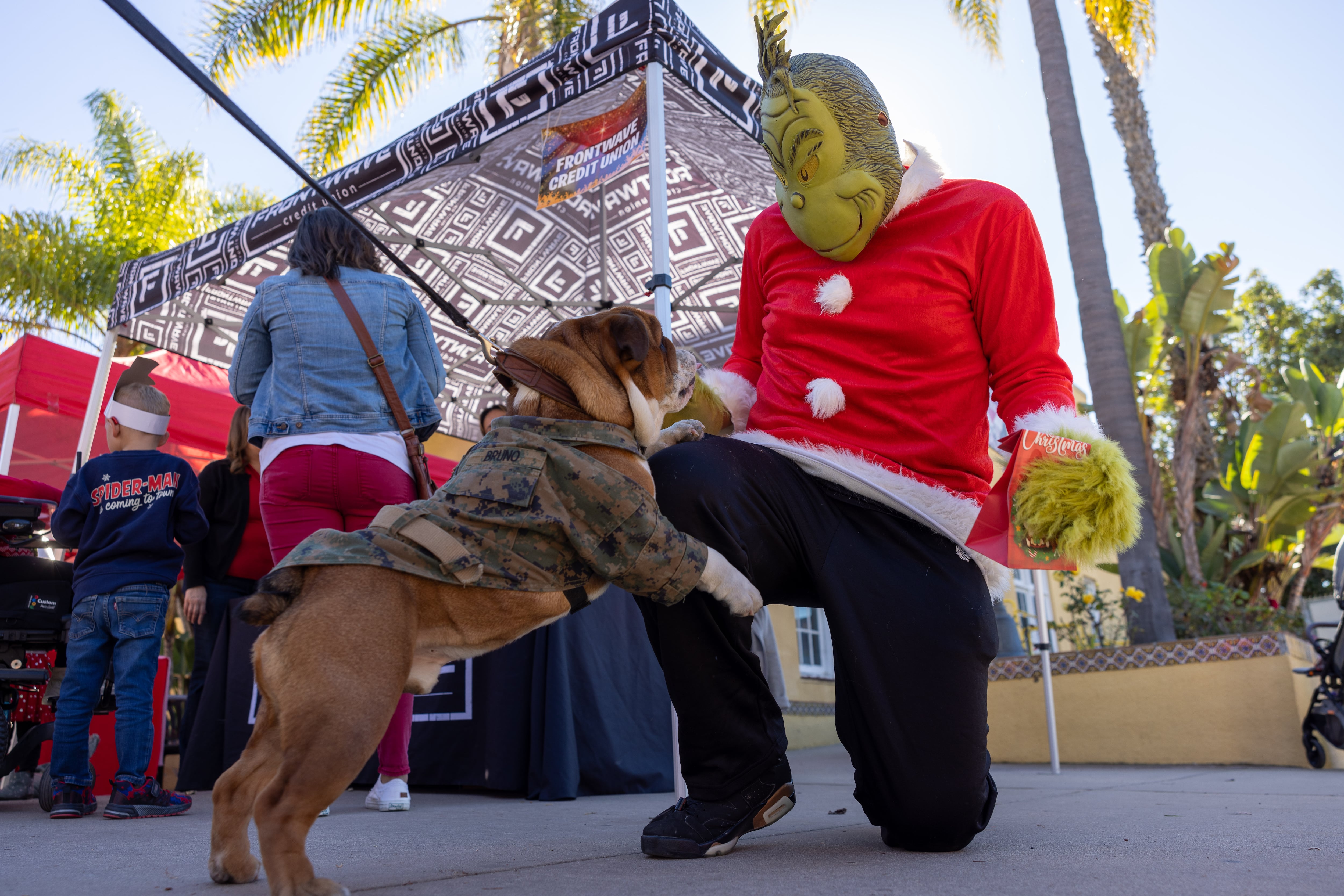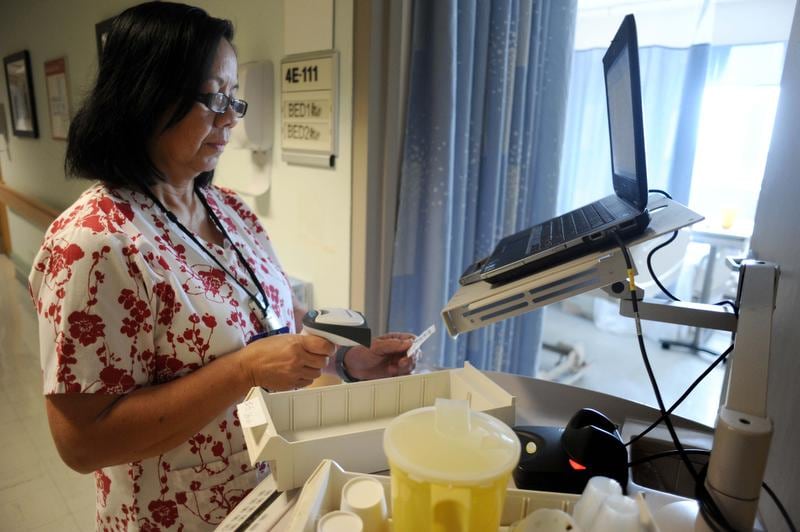The Tomahawk Land Attack Missiles used in U.S. military strikes against Syria on Thursday have been a key tool in the Defense Department's arsenal for the last 25 years, seen as powerful statement of military force with minimal danger to U.S. personnel.
Nearly 60 of the high-tech munitions were fired at a Syrian air base in response to chemical attacks in that country that U.S. intelligence officials said were carried out by forces loyal to Syrian President Bashar Assad. The missiles were launched from the U.S. Navy destroyers Ross and Porter, stationed hundreds of miles away in the Mediterranean Sea.
According to Navy files, the Tomahawk cruise missiles are designed to fly at low altitudes and speeds up to 550 mph, giving them a strong defense against many anti-aircraft measures. The 3,500-pound explosives also contain guidance systems that can be tailored to provide further evasive capabilities.
The missiles were first used by American forces in 1991’s Operation Desert Storm, and have become part of the expected opening salvo for most major U.S. military operations. At least 50 were fired into Afghanistan in the opening hours of the American intervention there in 2001, and several hundred launched into Iraq in the opening moves into that country in 2003.

Today's Tomahawk Block IV cruise missiles can fly for hours and shift course instantly on command.
Photo Credit: Raytheon
But the weapons have also been used for more limited strikes, including targets in Somalia, Bosnia and Yemen. Navy officials said it has been used more than 2,000 times in combat since 1991.
The high-tech munitions also come with a sizable price tag. Todd Harrison, director of defense budget analysis at the Center for Strategic and International Studies, estimated the replacement cost of the Tomahawks used against Syria will total about $89 million.
Defense contractor Raytheon is the sole supplier of the missiles, but Navy officials have announced plans to stop production of the Tomahawk this year, to be eventually replaced by more modern munitions.
But in recent years, lawmakers have pushed against those Navy plans and added funding to the annual defense budget for the missiles.
On Thursday night, Rep. Martha McSally, R-Ariz. — whose district includes Raytheon’s headquarters — said she was proud those efforts ensured "that this weapon was ready and available when our armed forces needed it."
In testimony earlier this week before the House Armed Services Committee, Chief of Naval Operations Adm. John Richardson said that if Congress approves a White House request for $30 billion of supplemental funds in the fiscal 2017 defense budget, a portion of that money will go to purchasing more Tomahawks.
Without the extra money, officials will stick with the current inventory.
Harrison said that totals about 4,000 now, an arsenal that Navy officials expect to last for another 11 years. But he notes that in the event of another major conflict, that likely won't be enough for mission demands.
Defense News reporter Aaron Mehta contributed to this story.
Leo Shane III covers Congress, Veterans Affairs and the White House for Military Times. He can be reached at lshane@militarytimes.com.
Leo covers Congress, Veterans Affairs and the White House for Military Times. He has covered Washington, D.C. since 2004, focusing on military personnel and veterans policies. His work has earned numerous honors, including a 2009 Polk award, a 2010 National Headliner Award, the IAVA Leadership in Journalism award and the VFW News Media award.





